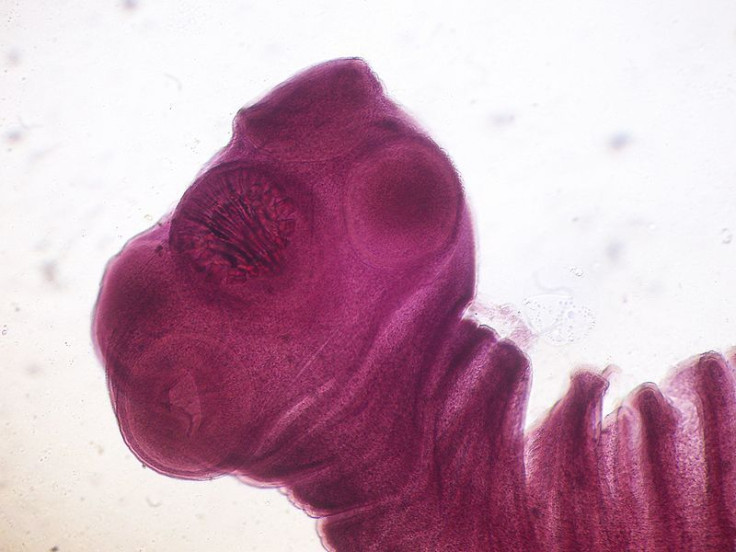California's Unspoken Health Problem: Brain Parasites

Sunnyvale, California is a town 40 miles outside of San Francisco, in the Bay Area. As in most of California, the weather is mild, and the winters are short, even sometimes warm. On December 20, Sara Alvarez took her youngest child for a walk in the park in town. As daylight faded, Alvarez lost feeling in her right leg, then her left foot. Her body became numb, and she became weak. At 10:15 pm, her husband drove her to a hospital in Redwood City, about 20 minutes away from their town. There, over the course of Christmas, doctors batted around diagnoses: tumor, cancer.
Finally, Alvarez received a brain scan that revealed the truth: neurocysticercosis, a calcified tapeworm in her brain.
Though many hospitals in the United States are unfamiliar with the diagnosis given to Alvarez, the disease is common in developing countries. In fact, it is the major cause for epilepsy worldwide; World Health Organization estimates that 50 million people get a tapeworm every year. It also is taking root in the United States, particularly in low-income and predominately Latino communities. The disease is easily preventable, and pretty easy to treat in the early stages.
But, because of little public health knowledge, it often advances, causing an expensive and deadly condition. The CDC estimates that there are 1,900 diagnosed cases every year, 386 annual cases in California alone which can cost upwards of $66,000. Often it is paid through Medicare - costing taxpayers thousands.
Tapeworms enter the body, normally ingested through pork or beef. The larvae use hook-like teeth to tear tiny holes in the intestines and sometimes travel to the brain. Once in the body, they become adolescents, but oddly enough, many do not grow to adulthood. If they do grow to adulthood, they can grow up to 20 feet long. That may sound unpleasant, but if you have a tapeworm, that's the least of it: the trouble with tapeworms occurs when they reproduce. The host expels thousands of the tapeworms' larvae out of their anus, possibly infecting other people.
Scientists do not fully understand it, but tapeworm larvae seem to have developed a secretion that will shut down the body's immune system response to them. Because of the lack of a response, people tend not to exhibit symptoms. (Alvarez said that she exhibited blinding headaches 20 years prior to the discovery of her tapeworm; a visit to a doctor netted her some Tylenol). And the number of cases is probably underreported - only five states (California, Illinois, New York, Oregon, and Texas) report the disease, and data is inconsistent.
But you are considered lucky if you have a live tapeworm in your body. "While it's alive, it's a problem, but when it starts to die it's a bigger problem," a source said to Scientific American. When the tapeworm arrives in the brain, and dies, the brain calcifies around it. To make matters worse, when the tapeworm dies, the body's immune system recognizes the foreign object and attacks it, causing symptoms like seizures, headaches and paralysis.
Unfortunately, though neurocysticercosis is horrible, doctors and governments need to prioritize health concerns - and neurocysticercosis just isn't one of them.
Sara Alvarez is now doing fine. Before her diagnosis, she had never heard of the disease. She still does not where or when she got it, but it's possible that the original host still has tapeworms - and is expelling them, thousands at a time.



























